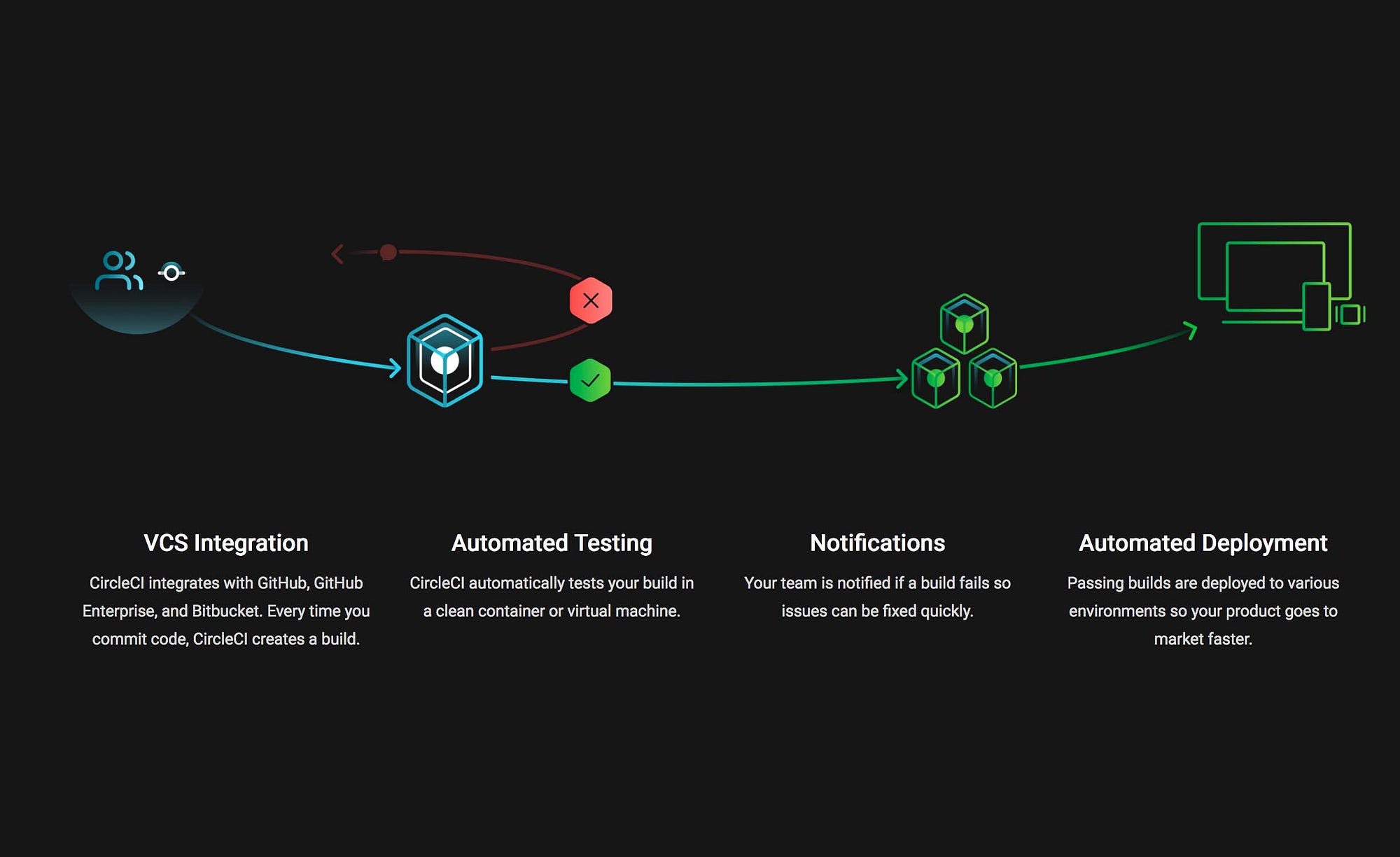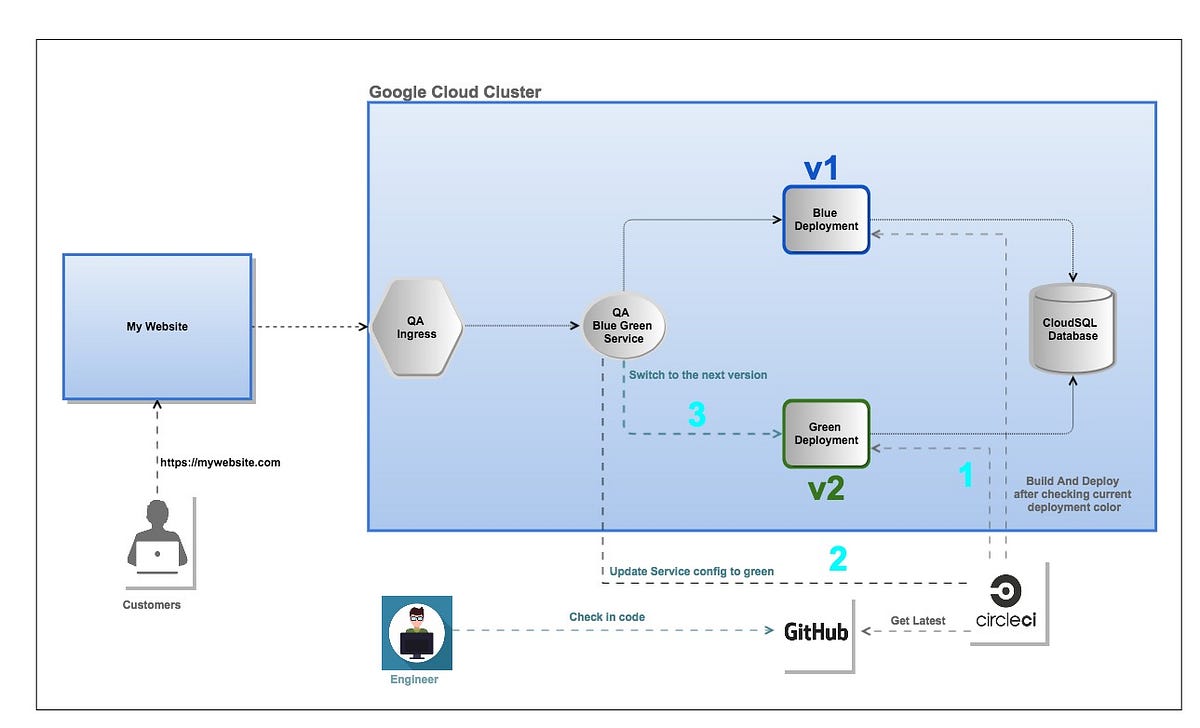7+ Pictures of Circleci Cache Docker Images
Within docker images ( docker ); Dlc caches the individual layers of any docker images built during your circleci jobs, and then reuses unchanged image layers on subsequent circleci runs, . The machine executor supports docker layer caching which is useful when you are building docker images during your job or workflow. Why and how to create custom docker images. This command saves docker images to cache.

I've asked a similar question in the past.
I'm aware how to cache dependencies in circleci: Within docker images ( docker ); How to build docker images and access remote services. Why and how to create custom docker images. I was recommended to inherit a circleci image . Dlc caches the individual layers of any docker images built during your circleci jobs, and then reuses unchanged image layers on subsequent circleci runs, . Gitlab to circleci would do that in ~3 seconds, if you get the same speeds i did a couple of years ago. We enable docker layer caching (dlc) here to speed up image building (note: Within a linux virtual machine (vm) image. I currently have a base image (ubuntu + node + some core dependencies) that is 4gb large and takes about 3.5min~ to pull from dockerhub. Using these new images will lead to faster image downloads when a build starts, and a higher likelihood that the image is already cached on the host. I suspect it might be. This command saves docker images to cache.
I was recommended to inherit a circleci image . I'm aware how to cache dependencies in circleci: We enable docker layer caching (dlc) here to speed up image building (note: Within a linux virtual machine (vm) image. The machine executor supports docker layer caching which is useful when you are building docker images during your job or workflow.

This command saves docker images to cache.
This command saves docker images to cache. I currently have a base image (ubuntu + node + some core dependencies) that is 4gb large and takes about 3.5min~ to pull from dockerhub. Dlc caches the individual layers of any docker images built during your circleci jobs, and then reuses unchanged image layers on subsequent circleci runs, . Gitlab to circleci would do that in ~3 seconds, if you get the same speeds i did a couple of years ago. We enable docker layer caching (dlc) here to speed up image building (note: How to build docker images and access remote services. Within a linux virtual machine (vm) image. The machine executor supports docker layer caching which is useful when you are building docker images during your job or workflow. Why and how to create custom docker images. I suspect it might be. Nothing asks it to refresh the image, yet it does that. I've asked a similar question in the past. Using these new images will lead to faster image downloads when a build starts, and a higher likelihood that the image is already cached on the host.
I've asked a similar question in the past. Within docker images ( docker ); Nothing asks it to refresh the image, yet it does that. The machine executor supports docker layer caching which is useful when you are building docker images during your job or workflow. I'm aware how to cache dependencies in circleci:

Gitlab to circleci would do that in ~3 seconds, if you get the same speeds i did a couple of years ago.
Gitlab to circleci would do that in ~3 seconds, if you get the same speeds i did a couple of years ago. Why and how to create custom docker images. The machine executor supports docker layer caching which is useful when you are building docker images during your job or workflow. I was recommended to inherit a circleci image . I suspect it might be. Within docker images ( docker ); Dlc caches the individual layers of any docker images built during your circleci jobs, and then reuses unchanged image layers on subsequent circleci runs, . Within a linux virtual machine (vm) image. I currently have a base image (ubuntu + node + some core dependencies) that is 4gb large and takes about 3.5min~ to pull from dockerhub. We enable docker layer caching (dlc) here to speed up image building (note: I've asked a similar question in the past. How to build docker images and access remote services. I'm aware how to cache dependencies in circleci:
7+ Pictures of Circleci Cache Docker Images. Within a linux virtual machine (vm) image. Why and how to create custom docker images. Using these new images will lead to faster image downloads when a build starts, and a higher likelihood that the image is already cached on the host. I was recommended to inherit a circleci image . I'm aware how to cache dependencies in circleci:
Post a Comment for "7+ Pictures of Circleci Cache Docker Images"